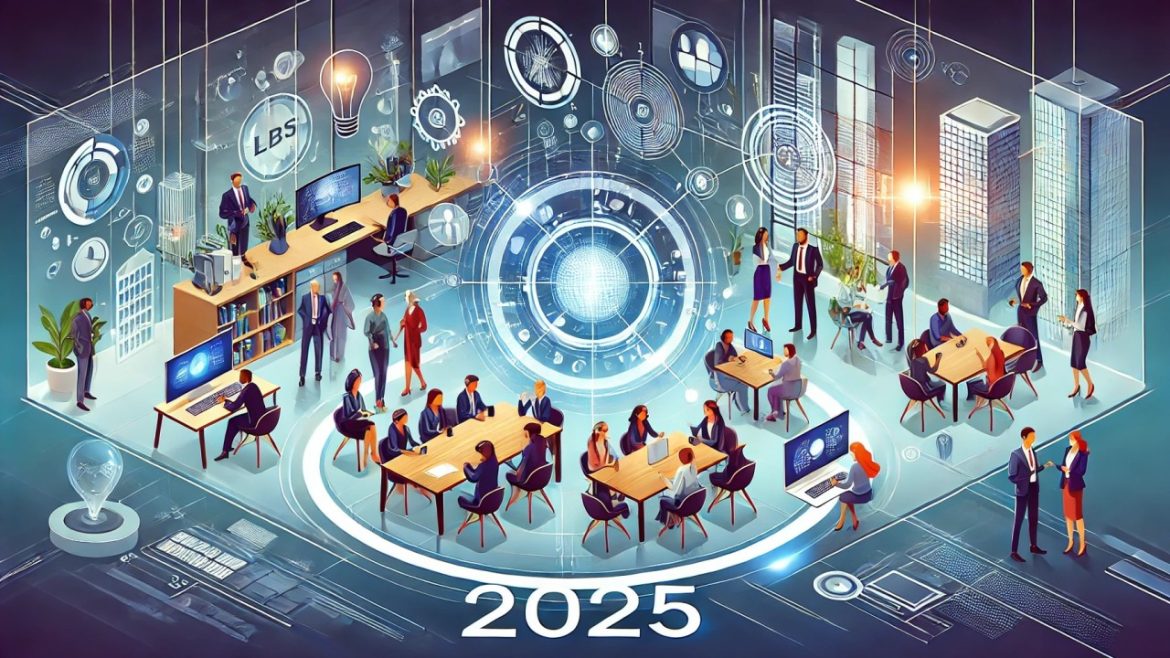Networking isn’t what it used to be. Gone are the days of tangled cables and sluggish connections. By 2025, the digital landscape will be faster, smarter, and—honestly—a little unpredictable. Let’s dive into the trends reshaping how we connect.
1. The Rise of AI-Driven Networking
Artificial intelligence isn’t just for chatbots anymore. In 2025, AI will automate network optimization, predicting traffic spikes before they happen and rerouting data like a GPS for the internet. Imagine a system that learns your office’s peak Zoom hours—and adjusts bandwidth accordingly. That’s the future.
Key developments:
- Self-healing networks: AI detects and fixes outages before users notice.
- Predictive load balancing: No more buffering during Netflix binges.
- Security enhancements: AI spots anomalies faster than any human could.
2. Wi-Fi 7: The Speed Revolution
Wi-Fi 6 felt lightning-fast—until Wi-Fi 7 arrived. Rolling out globally by 2025, it promises 4.8x faster speeds and near-zero latency. Think of it like upgrading from a bicycle to a fighter jet. Video calls? Flawless. Cloud gaming? No lag. Smart homes? Every device stays in sync.
Here’s the deal:
| Feature | Wi-Fi 6 | Wi-Fi 7 |
| Max Speed | 9.6 Gbps | 46 Gbps |
| Latency | ~10ms | <1ms |
| Frequency Bands | 2.4/5 GHz | 2.4/5/6 GHz |
3. The Mesh Network Takeover
Dead zones? Not in 2025. Mesh networks—where multiple nodes blanket an area with seamless coverage—are becoming the norm. Perfect for sprawling offices or homes with too many walls. And with AI-powered mesh systems, nodes communicate to optimize performance dynamically.
Why Businesses Love Mesh
Forget single routers. Enterprises now deploy mesh networks to:
- Eliminate coverage gaps in warehouses.
- Support IoT devices (sensors, cameras, you name it).
- Scale effortlessly—just add nodes.
4. Quantum Networking: The Wild Card
Okay, this one’s still experimental—but by 2025, quantum networking could start making waves. Using quantum entanglement (yes, like sci-fi), data transfers could become unhackable and instantaneous over long distances. Early adopters? Governments and financial institutions.
That said, don’t expect quantum Wi-Fi at home just yet. The tech’s still… finicky.
5. Edge Computing’s Quiet Dominance
Why send data halfway around the world when you can process it nearby? Edge computing—analyzing data closer to its source—is slashing latency for everything from self-driving cars to AR glasses. In 2025, 40% of enterprises will rely on edge infrastructure, according to Gartner.
Real-world impact:
- Factory robots react in real time.
- Smart cities manage traffic without cloud delays.
- Streaming services cache content locally.
6. 5G’s Second Act
5G was just the warm-up. By 2025, 5G Advanced (aka 5.5G) will deliver better coverage, energy efficiency, and support for massive IoT networks. Picture a stadium where 100,000 devices connect seamlessly—no dropped signals.
Oh, and 6G research? Already underway. Because tech never sleeps.
Wrapping Up: A Connected Tomorrow
The networking world in 2025 is all about speed, smarts, and adaptability. Whether it’s AI tweaking your bandwidth or quantum links securing data, change is coming fast. The question isn’t if you’ll adapt—it’s how quickly.




